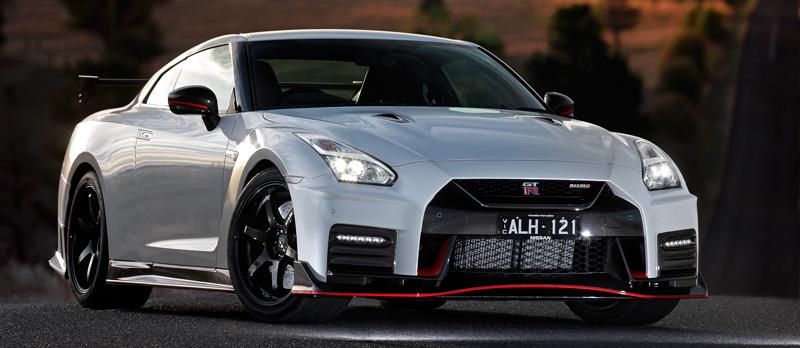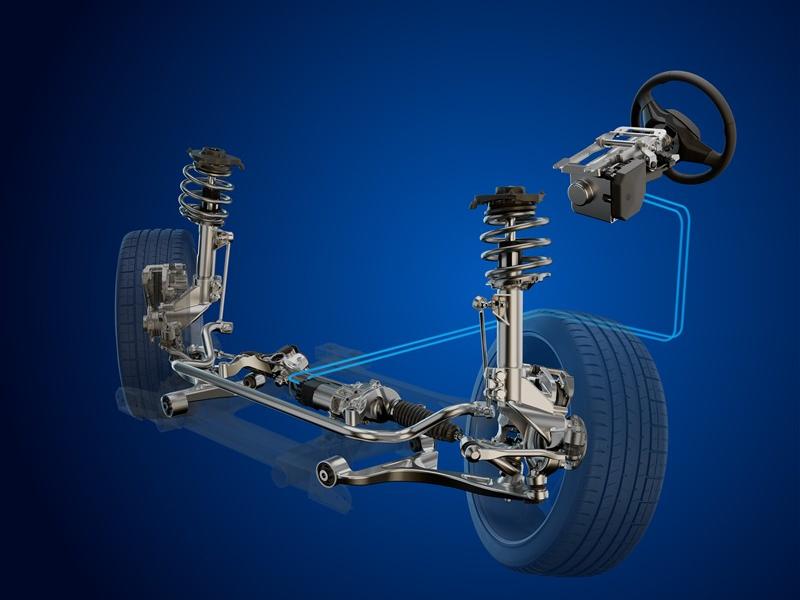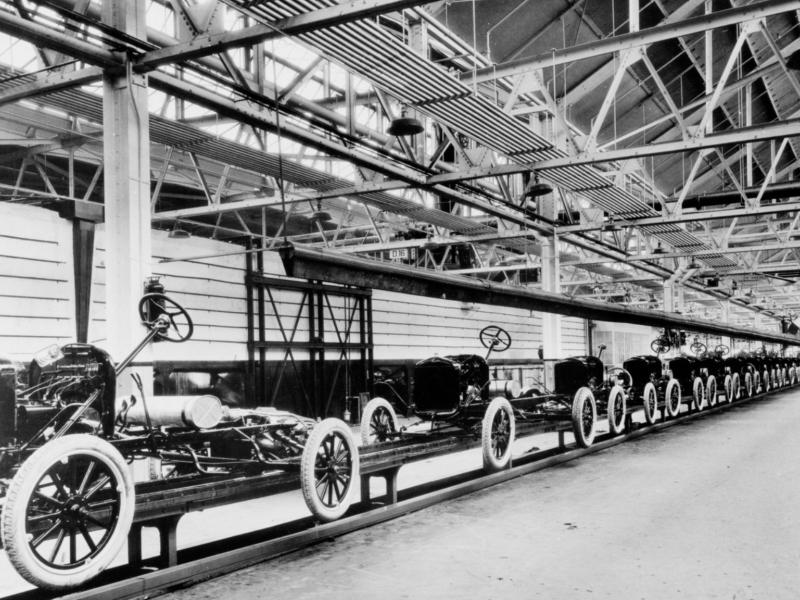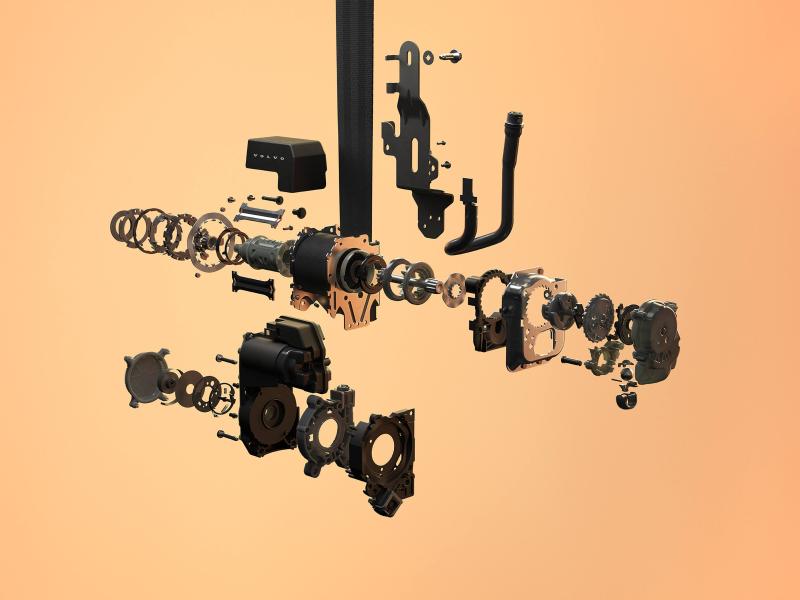The mighty Nissan GT-R has got even more extreme for 2017, packed full of race-car derived features, and with even more power – but you’re going to have to shell out an equally mighty $308,000 for the 441kW NISMO.
Now available in New Zealand, the GT-R NISMO joins the established 2017 GT-R Premium and GT-R Track Edition models.
While the extensive refinements made to the GT-R for 2017 place an emphasis on balancing speed with the total driving experience, the new GT-R NISMO, which is based upon the MY17 GT-R, places a stronger emphasis on the "R" – as in racing – of the GT-R name. A quick glance at the GT-R NISMO specs shows:
- An additional 22kW of power and 20Nm of torque compared to the GT-R Premium Edition and GT-R Track Edition
- A NISMO-tuned suspension with additional roll stiffness
- The addition of adhesive bonding (in addition to spot welding) for increased body shell rigidity
- NISMO-tuned aerodynamic exterior elements designed to increase downforce, including carbon fibre bootlid and spoiler, carbon fibre front and rear bumpers and lower front undercover
Engine
Engine power has been increased (versus standard GT-R models) and is rated at 441kW at 6,800rpm and 652 Nm of torque from 3,600rpm-5,600rpm.
High-flow large diameter turbochargers, used in the Nissan GT-R NISMO GT3 racing car, improve breathing, while optimised individual ignition timing control for each cylinder and upgraded fuel pump improve combustion.
Each GT-R NISMO engine is hand-assembled from beginning to end in a special clean room by specially trained technicians, a process similar to racing powerplant construction. An aluminium plate is added to the front of each engine showing the name of the "Takumi" engine craftsman, of which there are fewer than 10.
The engine features innovative plasma-sprayed bores (versus cast iron liners) for reduced friction, lighter weight, enhanced cooling, power output and fuel efficiency; a symmetrical independent intake and exhaust manifold system featuring twin NISMO-specific high-performance turbochargers; a secondary air management system for improved cold-start emissions performance; a thermostatically controlled oil-cooling system; an oil scavenger pump to maintain oil flowing to the turbochargers; and a lateral wet and dry sump oiling system.
A special factory tuned titanium exhaust system is fitted, made of F1 race car grade titanium (Ti-1Cu), with its alloy construction generating a high strength-to-weight ratio and delivering a weight savings over the stock exhaust unit – along with a clear sound that is unique to titanium.
Transmission
The VR38DETT V6 is backed by an advanced paddle-shifted sequential six-speed dual-clutch transmission (wet clutch system, not dry), which can be driver-selected to shift at race car-like speeds.
The sequential-shifting transaxle features separate wet clutches for the odd (1,3,5) and even (2,4,6) gears and pre-selects the next highest and next lowest gear for quick shifts.
Along with Nissan GT-R's unique Premium Midship platform, the GT-R NISMO utilises an independent rear transaxle ATTESA E-TS (Advanced Total Traction Engineering System for all Terrain with Electronic Torque Split) all-wheel drive system, which optimises weight distribution and handling capability.
The rear-drive-biased all-wheel drive system can vary torque split depending on speed, lateral acceleration, steering angles, tyre slip, road surface and yaw rate.
Suspension
The springs and custom-developed Bilstein DampTronic dampers in the front and rear suspension are specially tuned to deliver exceptional grip levels and progressive handling response at the limit. Three suspension modes can be selected: Comfort, Normal and R, for circuit applications.
Specially developed links fitted to the front double wishbone suspension increase castor trail to optimise wheel position during high-G cornering and improve straight-line and cornering stability.
Additionally, large high-rigidity bolts are used to increase stiffness of the wheel-hub attachment area. To minimise body-roll during cornering and changes of direction, the Nissan GT-R NISMO features a 17.3 mm hollow rear anti-roll bar (15.9 mm in other GT-R models), which raises roll stiffness.
Brakes
Stopping power is provided by Brembo monoblock six-piston front and four-piston rear calipers with 390mm diameter front and 380mm diameter rear Brembo full-floating, cross-drilled two-piece rotors and low-steel, high-stiffness brake pads that minimise fade and provide intense stopping performance. The calipers use a race car-style radial mounting to minimise caliper flex during extreme braking.
There are additional front and rear brake air ducts made from carbon fibre to aid brake cooling in extreme driving conditions.
Wheels and tyres
The rigid forged metallic black six-spoke Rays forged lightweight aluminum 20-inch wheels, manufactured by Rays, are inspired by Nissan's legendary GT500 racecar from Japan’s Super GT racing series.
Both light in weight as well as strong, much of their strength comes from their H-pattern spoke design, an I-beam-like sectional layout similar to that used in an engine connecting rod.
This wheel design feature is new for the 2017 model year and further reduces weight while retaining the necessary stiffness. These wheels also feature knurling inside the bead lip to help keep the tyres from slipping around the wheels under heavy acceleration or braking.
The GT-R NISMO’s wheel dimensions are 20 x 10J (front) and 20 x 10.5J (rear), 0.5-inches wider than the GT-R Premium Edition. As such, the GT-R NISMO’s front fenders are wider compared to the standard GT-R model variants.
The GT-R NISMO's tyres – developed by Dunlop with a NISMO-specific compound – exhibit outstanding grip and handling characteristics. The front are 255/40 ZRF20 front and 285/35 ZRF20 in the rear. These tyres bear the unique product identifier of ‘NR1’.






